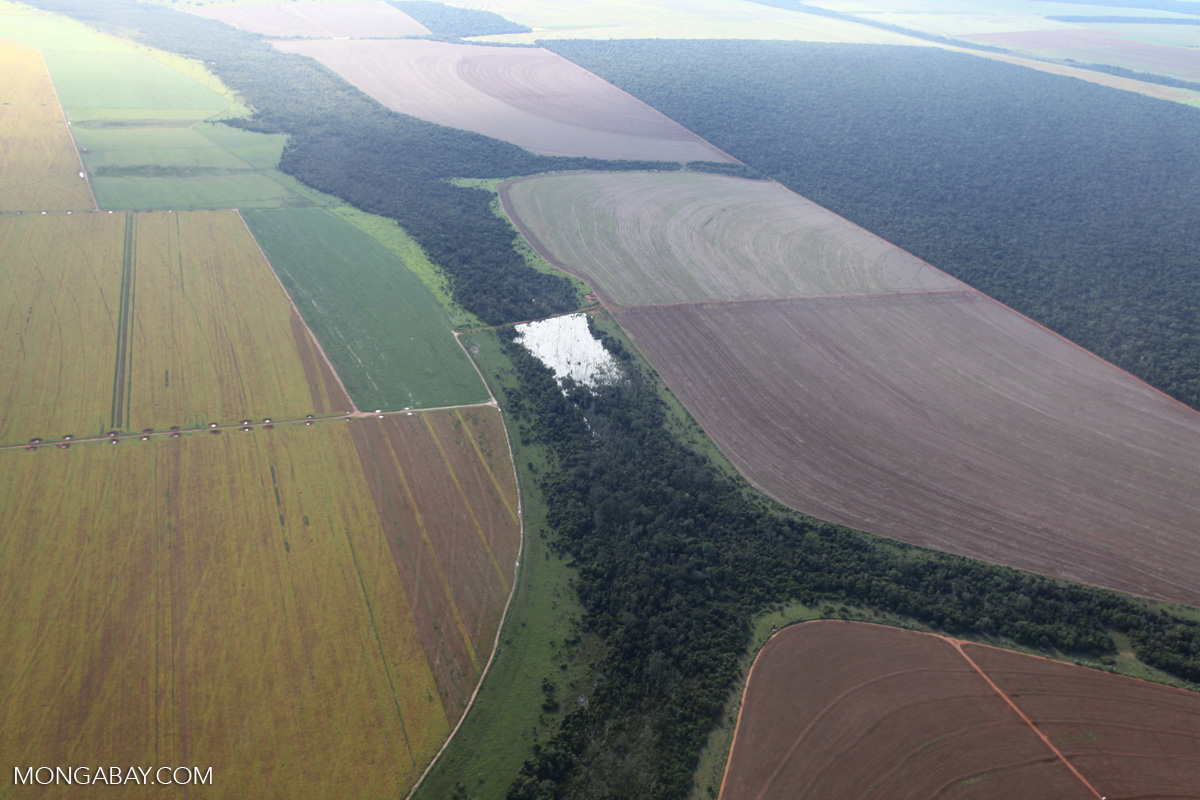[ad_1]
- Brazil’s rural environmental cadastre was created to force landowners to comply with the law, regardless of the status of their properties. By registering, they not only provide accurate geospatial data but also acknowledge their environmental obligations and subject themselves to IBAMA oversight.
- Agribusinesses use the CAR to monitor deforestation so they can exclude from their supply chains producers who illegally clear forests.
- Although the CAR was originally designed to combat land grabbing, some land grabbers have taken advantage of it to document fraudulent claims.
The CAR is an obligatory land registry for all rural properties in Brazil. The CAR was created because the national rural land registry (Sistema Nacional de Cadastro Rural (SNCR) developed by INCRA, was (and remains) incomplete. Consequently, the government created the CAR as a parallel (ad hoc) mechanism to force landholders to comply with the law, regardless of the legal status of their land claims.
Landholders, including both proprietários (landholders with certified legal title) and posseiros (landholders lacking a certified legal title), must register their property, providing spatially precise data on size, location, land use (forest, plantations, crops, pasture, etc.) and areas set aside as the a legal reserve (RL) or permanent preservation area (APP). By registering, landholders acknowledge their environmental responsibilities and provide IBAMA with a baseline for monitoring compliance with the Forest Code.
Registration in the CAR is obligatory but to ensure its success, authorities and private-sector stakeholders created incentives to promote participation. Positive incentives include access to subsidized credit and technical assistance. Negative incentives include barriers to the commercialization of crops and livestock that are enforced by commodity traders and meatpackers. Agribusinesses use the CAR to monitor deforestation so they can exclude from their supply chains producers who illegally clear forests, a key component in the sector’s strategy to protect its producers from consumer boycotts in overseas markets.

As a cadaster, the CAR has avoided the pitfalls of the SNCR by ignoring conflicting land claims and accepting registration of all landholdings regardless of legal status. Participants are expected to conform to environmental regulations, and inscription provides a flexible (open-ended) pathway to compliance with the Forest Code. The response from landholders has been overwhelming, and the CAR provides an alternative depiction of the number and location of all land claims. Originally, it was hoped that it might be used as a tool for fighting land grabbing; ironically, however, land grabbers have used the CAR to establish a paper trail to support fraudulent claims.
Despite its ad hoc nature, the CAR is a fully functional instrument for monitoring deforestation and provides IBAMA with a rich source of objective data for levying fines for excessive deforestation or unauthorized land use within APPs. The CAR allows them to prioritize inspections or organize raids with police and prosecutors, and it can serve as prima facie evidence in a court of law. The CAR played an essential role in Brazil’s efforts to bring Amazonian deforestation under control between 2005 and 2012. Unsurprisingly, landholders intent on expanding their business model on the forest frontier have developed workarounds that exploit loopholes or the inability of the IBAMA to enforce the law in the more remote regions of the forest frontier.
Featured image: Golden flowers of Mato Grosso. Credit: Rhett A. Butler.
[ad_2]
Source link
#Brazils #land #registry #holds #farmers #accountable #enables #deforestation
